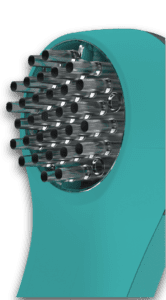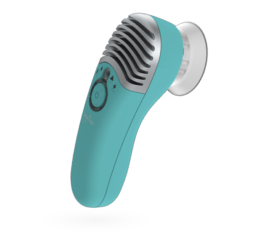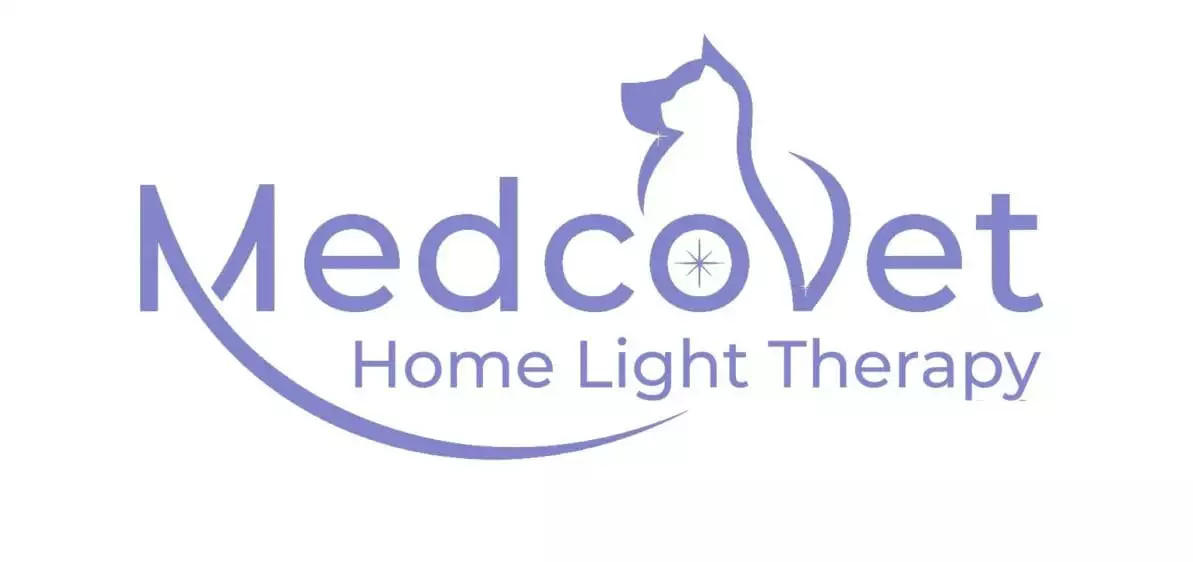How Much Light Makes it Through Pet Fur?
One of the most common questions we get at MedcoVet is whether treatment should be changed if we are treating through fur. What happens with dark fur? What about a really heavy coat? Our research shows that fur definitely has a huge impact on light, but that the Luma has special features that drastically reduce that impact.
We get why it can be confusing. On one hand, vendors show pictures of users shining light on to animal fur, implying that you just have to add a little bit more time and all will be well. Other vendors show videos of clinicians moving a treatment probe in a scanning motion, implying that the majority of light that leaves the probe makes it to the skin.
1- No Cure from LiteCure (Jan Tunér, Mar 22, 2014 – Annals of Laser Therapy Research (Publication))
In Dr. Tuner’s article, which talks about some of the misleading information provided by LiteCure (the parent company of Companion laser therapy devices), he discusses the probe scanning technique suggested by Class IV devices. The scanning technique is mostly done to avoid burning the fur, but also has an impact on the amount of light that makes it to the tissue.
“Further to that, the “effortless” non-contact technique causes considerable energy loss by reflection and backscatter – together, remittance, which has been measured at upwards of 80% from bare skin (Al Watban, 1996) – and up to 100% energy loss due to absorption within animal hair/fur. This is hardly “efficient”!”
2- Hair: a hurdle for Photobiomodulation (Julien – September, 2020)
In this article Julien quotes both a research study and our CSO Dr. Hamblin in explaining that all brain related tests avoid hair because it reflects or absorbs light. Put simply, the research states:
98% of the laser power is absorbed or reflected by the 2mm of hair!
3 – Upcoming WALT Veterinary Guidelines –
The World Association of Laser Therapy (WALT) is on a mission to find the best treatment parameters, for both human and veterinary treatment. In 2020, they assembled a team of experienced veterinary practitioners to determine the best treatment doses for PBM. The findings were that the times for treating with a class IV PBM device and a lower pow
At MedcoVet, our goal is to simplify treatment for both the pet owner and clinician. Our Luma has a patented optical comb that bypasses the fur and contacts the skin directly. In doing so, much more of the light reaches the skin and eventually the target tissue. This enables us to treat with less light and shorter times.
Have an opinion on how to factor in fur during treatment? Email us at support@medcovet.com and help us improve our best practices.

Luma
At MedcoVet, we aim to make light therapy available and affordable to anyone that needs it. So, we would like anyone interested, curious, practiced or skeptical to join our community and the discussion.

